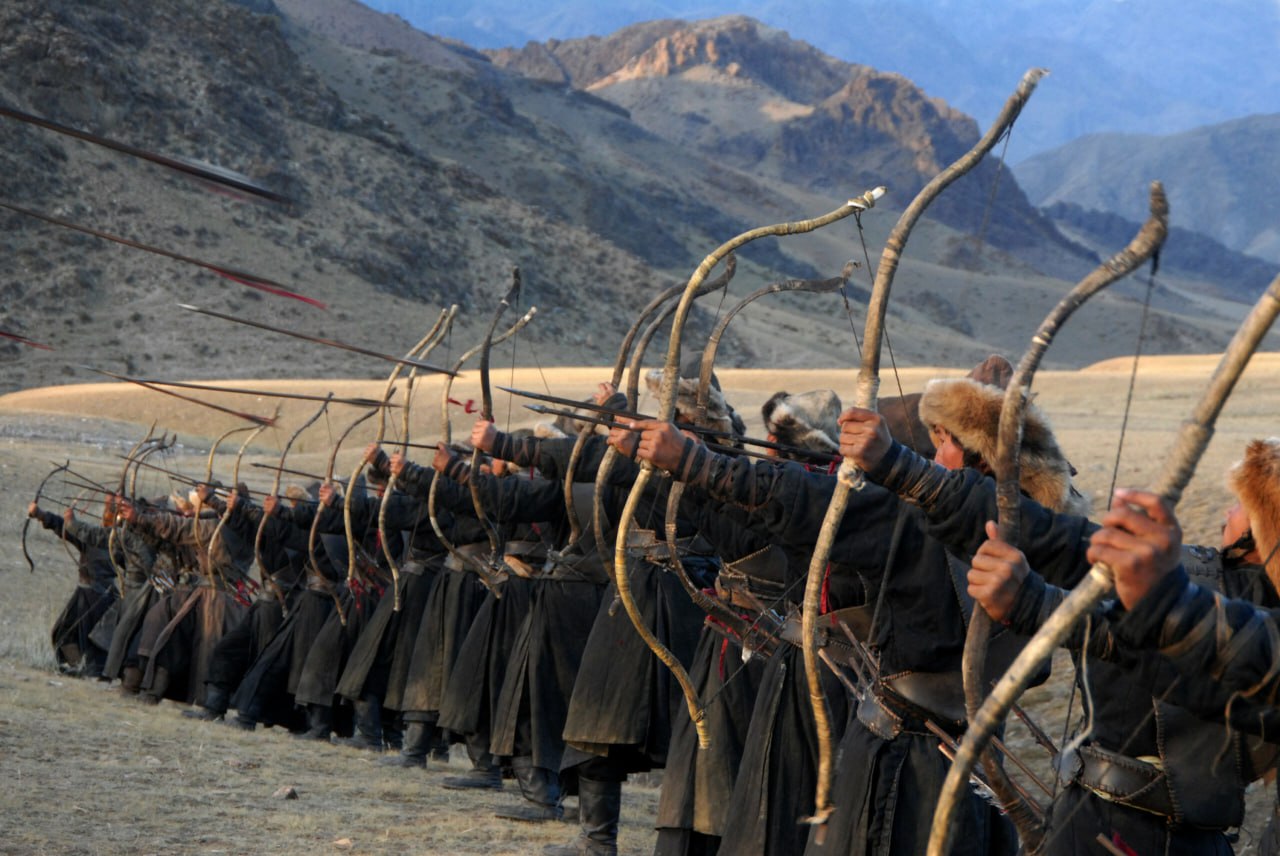New research has cast doubt on the prevailing idea that the disappearance of Central Asia’s medieval river civilizations was a direct result of the Mongol invasion in the early 13th century AD.
 illustrative photo
illustrative photoPhoto: indicator.ru
It was climate change, not the Mongol invasion, that destroyed the river civilizations of Central Asia. Such conclusions were reached by scientists who studied hydroclimatic changes in Central Asia during different periods over the past 7.8 thousand years.
In the 1950s and 60s, archaeologists showed that the Amu Darya and Syr Darya rivers were centers of thriving urban societies from prehistory to the late Middle Ages.
An estimated 50,000 square kilometers of floodwater was twice the size of Mesopotamia.
A study published in the American journal PNAS (Proceedings of the National Academy of Sciences) showed that western Central Asia has experienced a long-term dry trend over the past 7,800 years. This discovery, based on the analysis of a stalagmite from the Fergana Valley, makes an important contribution to the understanding of hydroclimatic patterns in Central Asia under the influence of western air masses.
Central Asia is one of the driest regions of the world. Due to accelerating global warming, the region faces serious problems such as accelerated melting of glaciers, drying up of lakes and water shortages.
The drying up of the Aral Sea is considered “one of the worst environmental disasters on the planet.”
Because of these issues, understanding the long-term hydroclimatic changes that occurred in Central Asia during the Holocene (the name given to the modern geological epoch that began over 10,000 years ago and continues today) is necessary to predict future precipitation trends and their potential impact on social development.
The study results indicate a long-term dry trend in western Central Asia, in sharp contrast to wetter conditions observed in eastern Central Asia.
This discrepancy is explained by the different response of winter and summer westerly air masses to seasonal changes in solar radiation. Since the Holocene, decreased summer insolation in the Northern Hemisphere has led to a strengthening and southward shift of summer westerly air masses, leading to wetter trends in eastern Central Asia, where summer precipitation predominates.
Conversely, in the western part of Central Asia, where precipitation predominates in winter, under the influence of increased winter insolation in the Northern Hemisphere, winter westerly air masses shifted north, which was accompanied by an increase in temperature, a decrease in Mediterranean storm activity and, consequently, a decrease in the transport of water vapor to Central Asia , which led to a decrease in winter precipitation and snow.
This means the wider region could face further declines in rainfall as winter solar radiation and global warming continue to increase.

Climate change is making history
In addition, the researchers found significant quasi-periods of 1400 years, 50-70 years, and 20-30 years that may be related to North Atlantic climate variability, indicating broader climate connectivity.
In particular, the identified dry and wet centennial and decadal periods may have had profound effects on regional societies and trans-Eurasian cultural exchange. For example, a severe drought around 5180-5820 years ago prevented the spread of Central Asian culture and delayed cultural development along the prehistoric Silk Road route.
After the great drought, the gradual restoration of rainfall contributed to the flourishing of the Bronze Age civilization in Central Asia, marked by the emergence of the Bactrian-Margiana archaeological complex.
In addition, the expansion of the Persian Empire (550 BC – 330 BC) was consistent with the pluvial period (a stage of intense climate humidification due to an increase in the amount of liquid precipitation in a vast region) 2360 -2500 years ago.
Experts in the field say the complete climate sequences discovered in this study provide unprecedented temporal resolution and shed light on complex climate dynamics in Central Asia.
This discovery not only deepens our understanding of the region’s hydroclimate history, but also improves predictions of the impact of future climate change on this environmentally sensitive region.
Did climate change help Genghis Khan?
This is not the first time that scientists have said that it was climate change that led to the destruction of Central Asian civilizations.
Earlier in 2020, there was an article in the same magazine that the fall of the river civilizations of Central Asia is associated with a natural phenomenon.
The region’s stagnation at the end of the medieval period is usually attributed to the combination of the devastating Mongol invasion of the early 13th century AD. and the progressive decline of the Silk Road trade network.
However, researchers have refuted this point of view.

They focused on the archaeological excavations and irrigation canals of the Otrar Oasis, a UNESCO World Heritage Site that was once a Silk Road trading hub located at the confluence of the Syr Darya and Arys (or Arys) rivers in southern Kazakhstan.
They explored the region to determine when the irrigation canals were abandoned and studied the past dynamics of the Arys River, whose waters fed the canals.
They found that, despite the documented destruction of settlements, many sites in the Otrar oasis survived until drought-related decline in the 9th century AD. e.
However, the Mongol invasion and destruction of the oasis in 1219 AD occurred after more than 200 years of declining rainfall, indicating large-scale neglect of the canals.
“Our research shows that it was climate change, not Genghis Khan, that was the main cause of the demise of the forgotten river civilizations of Central Asia,” the researchers say.
Researchers found that Central Asia recovered quickly from the Arab invasions in the 7th and 8th centuries AD due to favorable weather conditions. But prolonged drought during and after the later Mongol destruction reduced the resilience of the local population and prevented the restoration of large-scale irrigated agriculture.
https://asiaplustj.info/ru/news/centralasia/20240511/kto-razrushil-tsentralnoaziatskuyu-tsivilizatsiyu-chingis-han-ili-priroda

